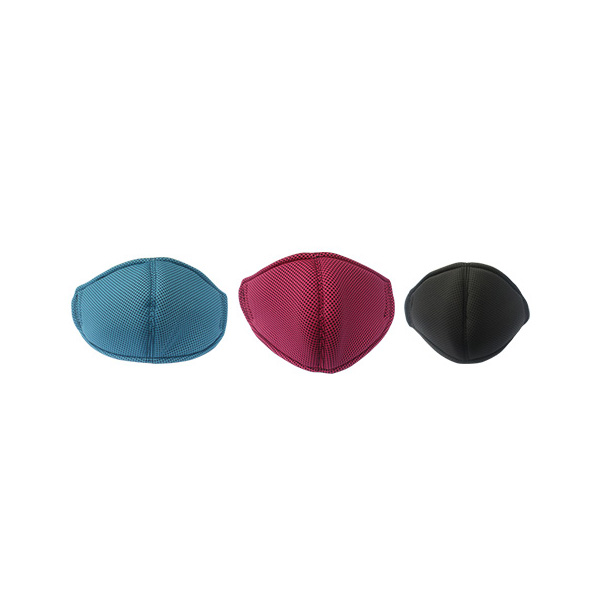Ventilation frames designed for
Functional Active Face Masks are intended to ensure breathability by allowing for the efficient exchange of air while maintaining a barrier against particles and pollutants. These frames are strategically integrated into the mask design to address comfort and breathability concerns. Here are some common types of ventilation frames used in Functional Active Face Masks:
1. Valve-Based Ventilation:
Some Functional Active Face Masks incorporate one-way valves into the mask design. These valves allow air to be exhaled more easily, reducing heat and moisture buildup inside the mask. However, it's important to note that masks with valves are often not recommended in certain healthcare settings because they may allow unfiltered exhalation.
2. Mesh or Perforated Panels:
Masks may feature mesh or perforated panels strategically placed in areas where breathability is essential, such as the mouth and nose region. These panels promote airflow and heat dissipation while maintaining a protective barrier.
3. Strategically Placed Cutouts:
Some masks have cutouts or openings in specific areas, such as the cheeks or chin, to allow for improved ventilation. These cutouts are designed to enhance airflow without compromising protection.
4. Integrated Air Channels:
Certain mask designs incorporate internal air channels that guide exhaled air away from the mask's inner surface. These channels help reduce moisture buildup and fogging while maintaining a seal.
5. Adjustable Ventilation:
- Masks may include adjustable ventilation features that allow users to open or close specific vents or panels based on their preferences and activity level. This adaptability helps users balance breathability and protection.
6. Removable Ventilation Inserts:
Some masks offer removable ventilation inserts that can be added or removed based on user needs. These inserts may include filters or additional layers for added protection.
7. Elevated Mask Design:
In some designs, the mask is elevated slightly away from the face, creating a gap that allows for improved airflow and breathability while still maintaining a protective seal.
8. Hybrid Mask-Eyewear Integration:
Some designs combine the mask and eyewear into a single unit with integrated ventilation features. This approach ensures a seamless fit and optimal breathability while preventing fogging of the eyewear.
The choice of ventilation frame or design depends on various factors, including the specific application, user preferences, and environmental conditions. Manufacturers of Functional Active Face Masks often consider a combination of these ventilation methods to achieve the desired balance between breathability and protection.












